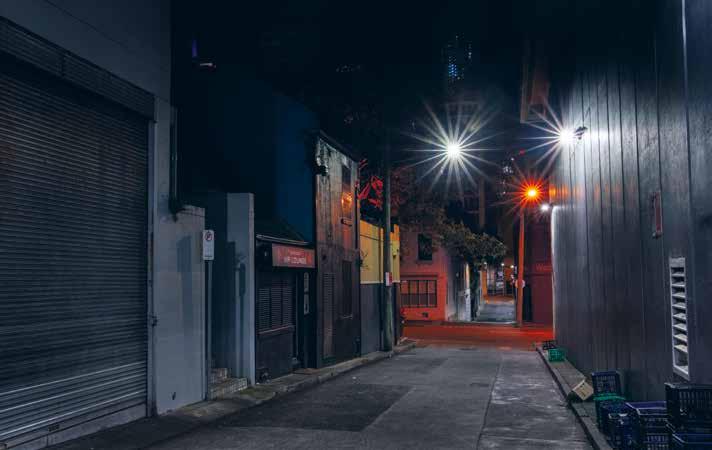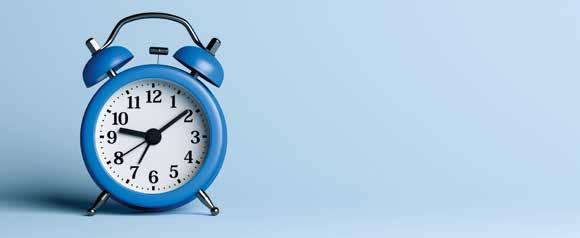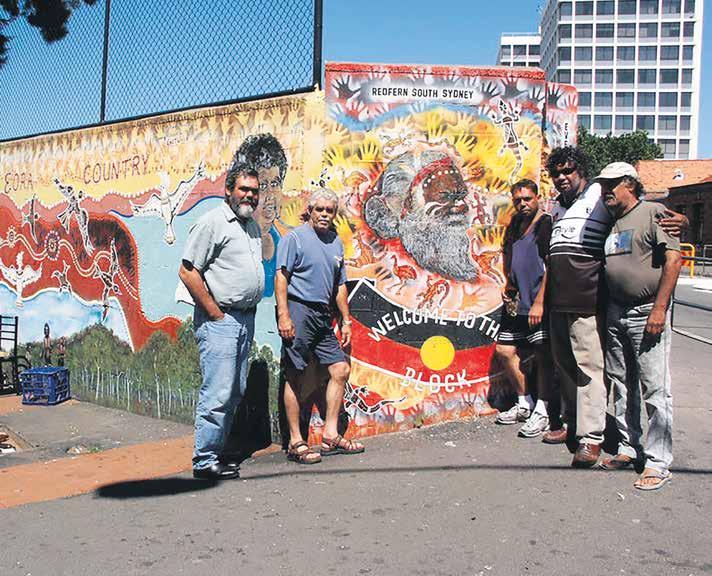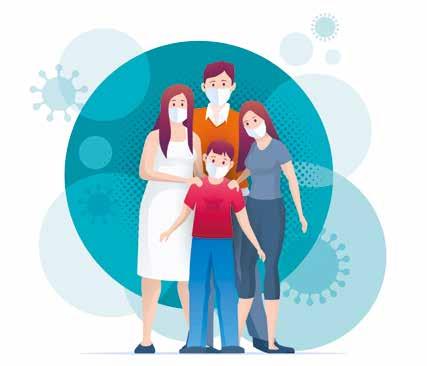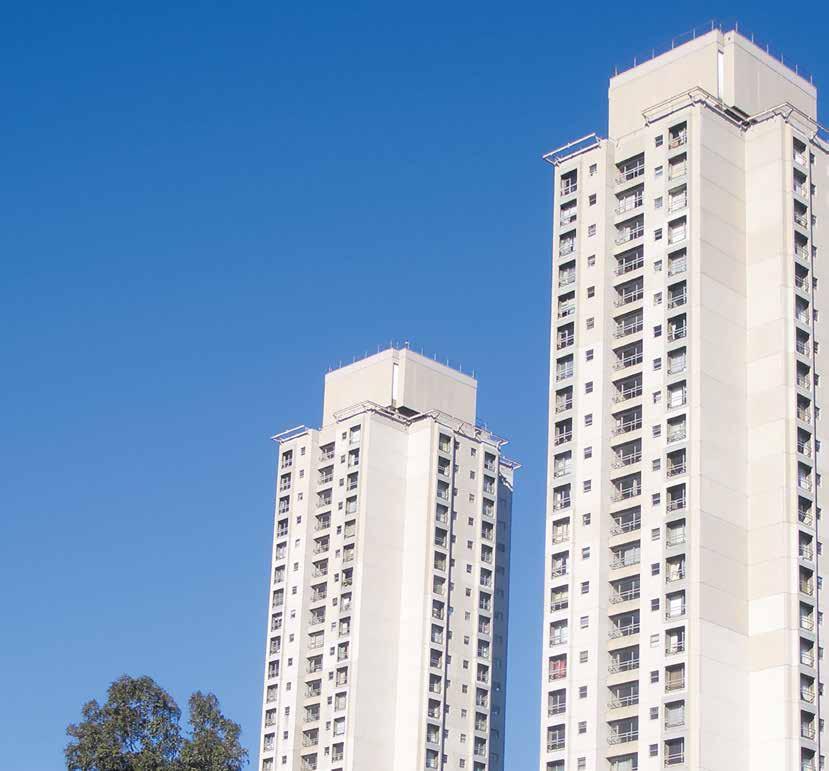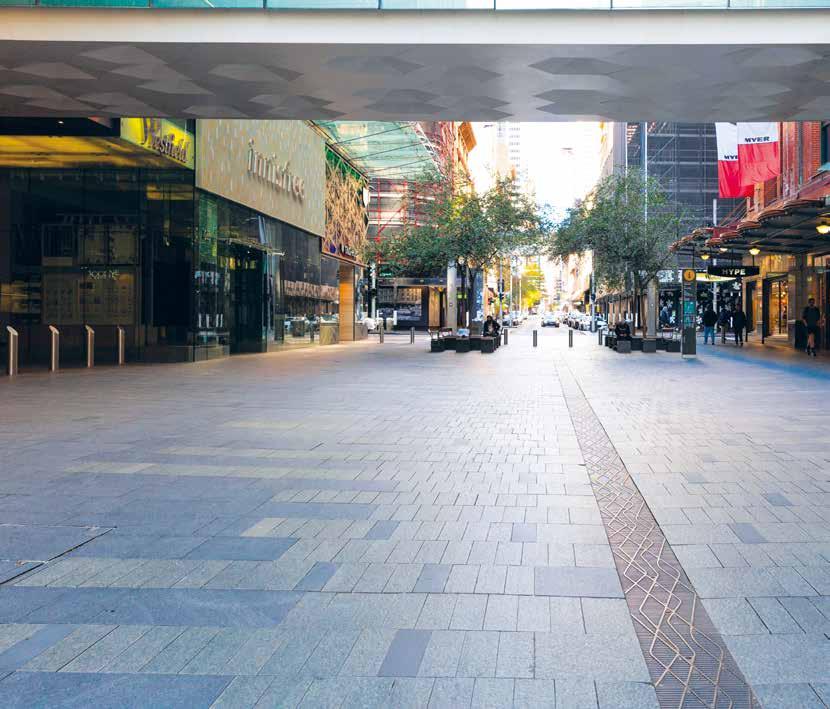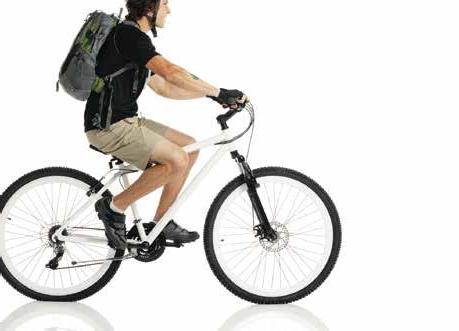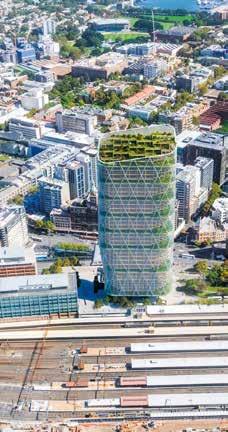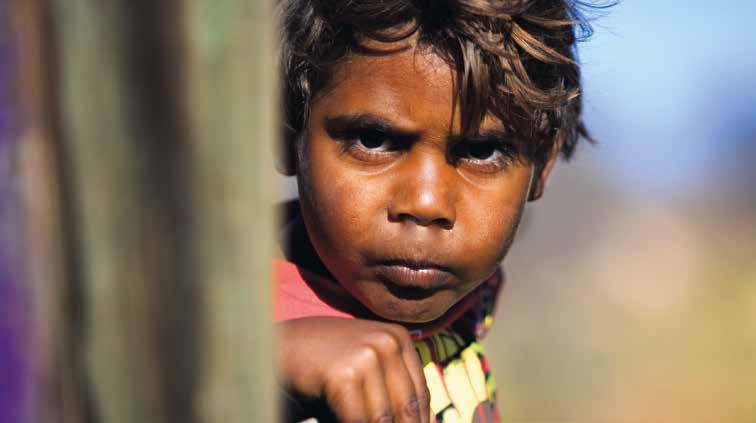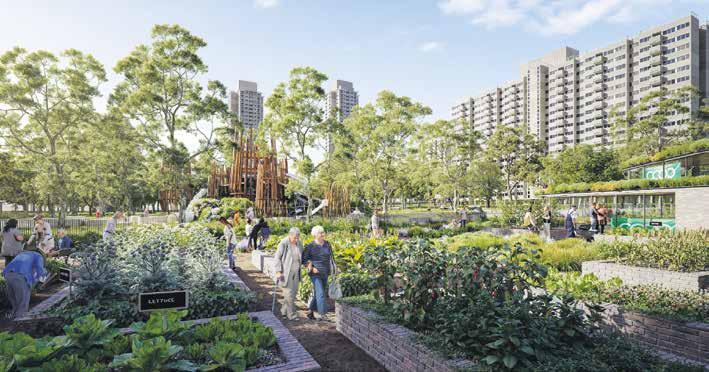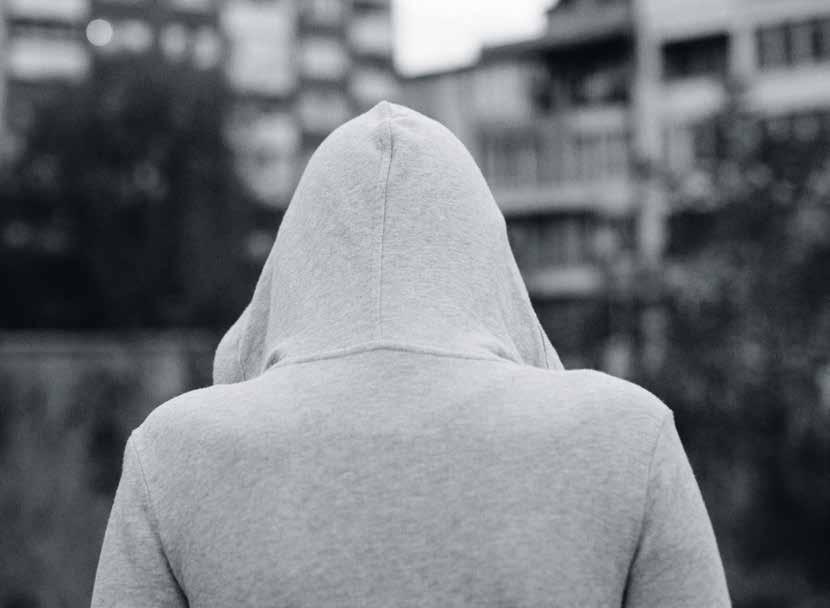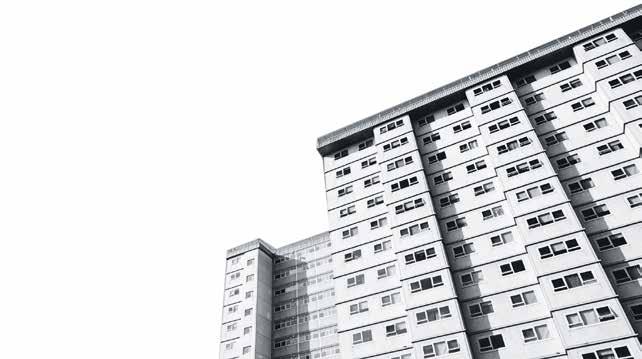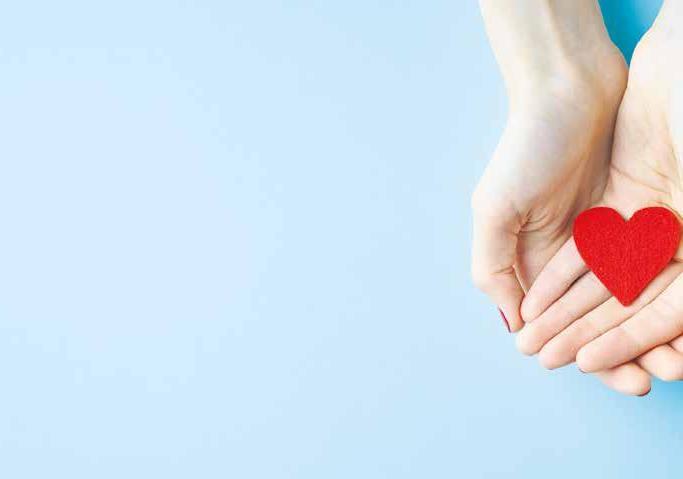COVID-19
THE POST-COVID REALITY
CORONAVIRUS HAS ALTERED THE LOOK AND FEEL OF CITIES GLOBALLY PROMPTING TALK OF SOCIETY EMERGING INTO A NEW NORMAL. BUT, AS RICHARD FLORIDA DISCUSSES, ONLY SOME OF THE CHANGES WILL REMAIN WHEN THE CRISIS IS OVER.
T
wo images of the post-pandemic city have emerged. One is the urbanist’s utopia of widened sidewalks, ample bike lanes, parking lots converted to green spaces and extended networks of pedestrianised boulevards. The other is a dystopia of empty streets and boarded-up shops, and masked citizens, scurrying quickly between their jobs and their homes. This is a city where theatres and museums are shuttered, where restaurants and cafés are closed down or sparsely populated with socially distanced diners, where there are no people milling on the streets, no children playing in playgrounds. The post-coronavirus reality is likely to lie somewhere in between. There will be more bike lanes, but there will also be more driving due to the lingering fear of trains and transit. There will be fewer families but more young people. There will also be fewer luxury towers, less foreign wealth, less hyper-gentrification, and less sterility. Many existing shops and creative venues will close, but new ones will open. Artists, musicians, and creatives are incredibly resilient; they will find their way back to urban areas drawn by lower rents, and they will apply their creativity and their sweat equity to revive them as they always have. For the next year, maybe two, our streetscapes will have an
18
altered look and feel, some of which we are already experiencing. Mask wearing may be the most visible change. Children will wear them as they walk to schools in which the classrooms have been reconfigured for physical distancing. Masks, visors, and facial protection will be integrated into the uniforms of postal workers and delivery people, grocery store clerks, police, firefighters, and security guards. There will be less jostling on the streets, fewer random gatherings of people. Outdoor waiting lines will be ubiquitous, in front of grocery and retail stores, museums and cultural venues, and especially office buildings, whose occupants will have to wait to have their temperatures checked. There will be vacant storefronts and fewer restaurants and cafés. Those that survive will have fewer seats, as
Inner Sydney Voice • Spring 2020 • www.innersydneyvoice.org.au
Above: May 03, 2020: Winter sun on empty Pitt Street Mall. COVID-19 Pandemic restriction. istock. com.au


